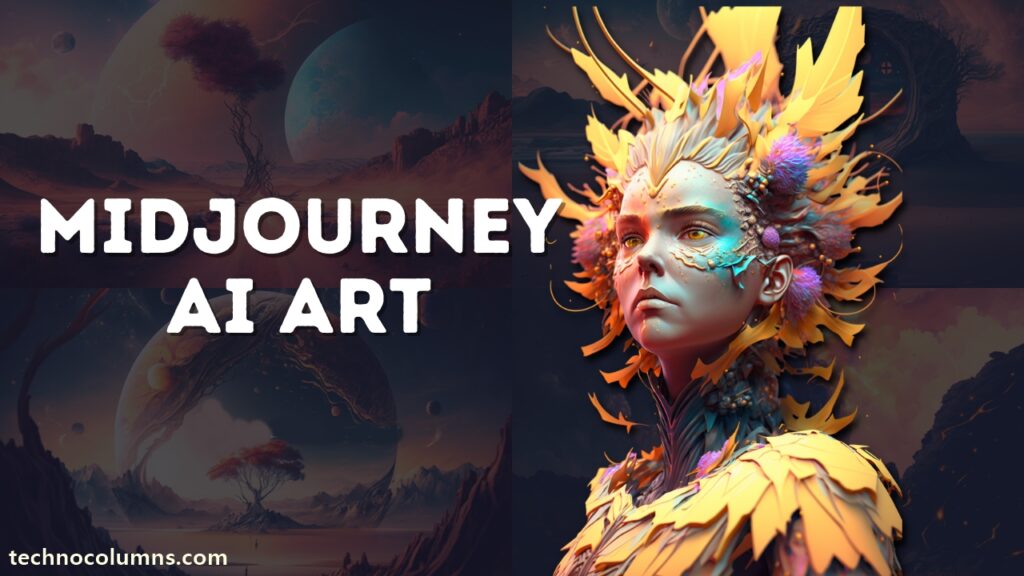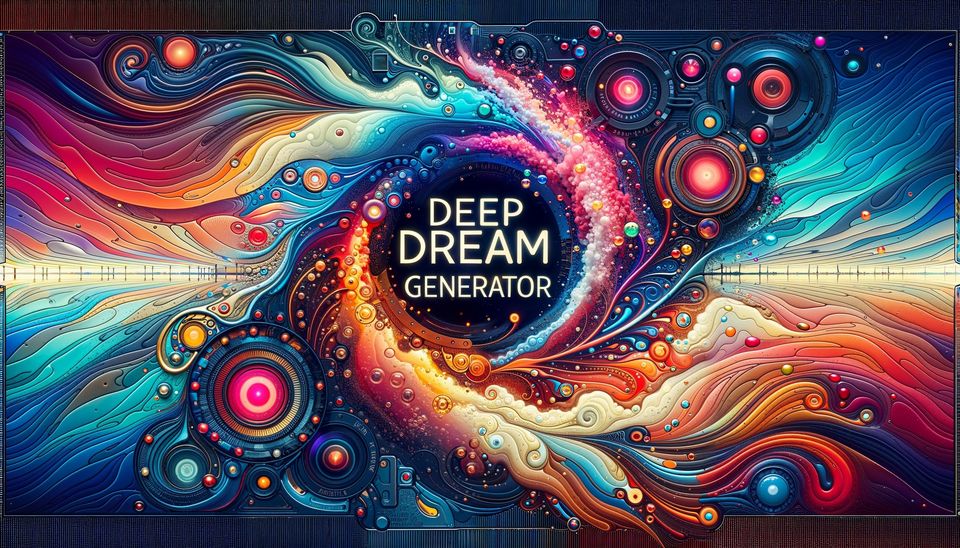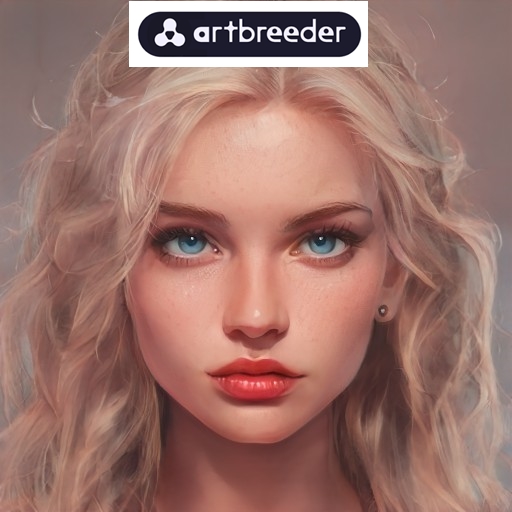Top 5 best AI Image Generators
1. DALL·E 3 (OpenAI)

Overview:
DALL·E 3 is OpenAI’s latest breakthrough in text-to-image generation, building on the success of its predecessors, DALL·E and DALL·E 2. It brings significant advancements in realism, control, and accuracy, making it one of the most powerful image generators available today. DALL·E is known for its ability to create stunningly accurate and intricate visuals from simple text prompts, effectively bridging the gap between language and imagery.
Key Features:
✔Text-to-image mastery: DALL·E 3 excels in translating natural language into highly detailed and specific images. Whether you describe a “sunset over a futuristic city with flying cars” or “a cat sitting in a Renaissance-style painting,” DALL·E can create it with remarkable precision.
✔Improved realism: Compared to previous models, DALL·E 3 generates images that are far more detailed, sharper, and lifelike. Its understanding of context, lighting, and perspective makes the images feel almost photo-realistic when realism is required.
✔Enhanced control: Users now have more control over various aspects of the image, such as style, mood, lighting, and even the placement of objects. This feature is especially useful for designers or content creators who need to fine-tune specific elements of the generated images.
✔High versatility: DALL·E 3 is not limited to any particular genre or style. It can create anything from abstract art to realistic photography, making it highly versatile for all kinds of creative tasks.
Use Cases:
Art and Design: DALL·E 3 is perfect for generating art, illustrations, and graphic design assets. Designers can use it to visualize complex scenes, while artists can explore new ideas and concepts.
Content Creation: Bloggers, marketers, and publishers can use DALL·E 3 to create custom images for articles, social media, or advertising campaigns, eliminating the need for stock photos.
Educational Projects: Teachers and students can use DALL·E to illustrate historical events, scientific concepts, or creative writing projects. It makes learning more engaging.
2. MidJourney

Overview:
MidJourney has gained a reputation as the go-to AI image generator for artists and creatives who seek a more stylized, surreal, and imaginative aesthetic. While other AI generators may focus on realism, MidJourney leans heavily into artistic expression, producing images that often feel like digital paintings or illustrations from an otherworldly realm.
Key Features:
✔Artistic imagery: MidJourney is renowned for its ability to generate highly creative, almost fantastical visuals. Whether you want a “neon city under a purple sky” or a “dreamlike forest filled with mythical creatures,” MidJourney excels at these stylized forms of art.
✔Painterly aesthetics: The tool often produces images that resemble brushstrokes, blending colors in a way that mimics traditional painting techniques. This makes it popular for concept artists and illustrators looking for inspiration or unique visuals.
✔Community-driven: One of MidJourney’s standout features is its collaborative nature. Users can share prompts and images with the community, creating a feedback loop that drives continuous improvements. New styles and features are often introduced based on community input.
✔Iterative generation: Users can refine their prompts and generate multiple versions of an image until they get the desired result. This allows for fine-tuning of compositions and artistic elements.
Use Cases:
Concept Art: It is ideal for video game designers, movie directors, and comic book artists. It is best suited for those who want to quickly visualize complex ideas, environments, or characters.
Branding and Marketing: Businesses can use MidJourney to create visually striking logos. It helps you to create posters, or promotional materials that stand out from the competition.
Creative Projects: MidJourney is perfect for producing visuals for personal or professional projects. It create visuals that require a more imaginative and abstract touch.
3. Stable Diffusion

Overview:
Stable Diffusion is one of the most popular open-source AI models for image generation. Developed by Stability AI, this model focuses on high-quality, flexible image generation, allowing users to run it on their own hardware or modify it for specific tasks. Because it’s open-source, Stable Diffusion is favored by researchers, developers, and tech-savvy users who need more control over their AI image generation workflows.
Key Features:
✔Open-source model: Being open-source, Stable Diffusion is highly customizable. Developers and researchers can tweak the model, fine-tune it on different datasets, and use it for specialized applications.
✔Photo-realism and creativity: Stable Diffusion can generate a wide variety of images, from hyper-realistic portraits to abstract art. It’s particularly good at creating detailed, lifelike scenes when tasked with realistic prompts.
✔Run locally: Unlike many other models, Stable Diffusion can be run on a local machine, provided the user has enough computing power. This gives users more control over privacy and data security, which is important for sensitive projects.
✔Fine-tuned control: Users have extensive control over the model’s behavior. It allows for the creation of highly customized visuals, from architectural designs to unique character concepts.
Use Cases:
Research and Development: Researchers in AI and machine learning use Stable Diffusion to develop new models or test ideas. Developers also use it to create custom applications.
Enterprise Solutions: Companies that require private, in-house image generation can use Stable Diffusion. It helps in product design, marketing materials, or custom art.
Creative Applications: Artists and designers who want more control over the AI generation process can use Stable Diffusion. If you need to integrate AI tools into your own software, then you may prefer Stable Diffusion.
4. Deep Dream Generator (Google)

Overview:
Google’s Deep Dream Generator was one of the earliest AI-powered image generation tools to gain widespread attention. It is best known for creating images that seem to blur the lines between reality and dreams, often resulting in abstract, psychedelic visuals. By using convolutional neural networks (CNNs), Deep Dream can take an image and enhance it with surreal, dream-like features.
Key Features:
✔Dream-like images: Deep Dream is famous for its unique, trippy aesthetic. It applies layers of neural network activations to an image, which often results in organic, intricate patterns and textures, resembling what one might see in a vivid dream or hallucination.
✔Artistic filters: The platform offers a variety of filters that users can apply to images, giving them control over the intensity and type of dream-like alterations. These filters can be used to create wildly different results from the same original image.
✔Interactive editing: Users can interactively modify their images, controlling the level of abstraction or pattern generation. This hands-on approach makes it particularly fun for artists looking for unconventional outputs.
✔Pattern recognition: Deep Dream tends to emphasize specific elements in an image. These elements can be as eyes, animals, or shapes, often creating repetitive, mesmerizing patterns.
Use Cases:
Experimental Art: Deep Dream is perfect for artists who want to explore surrealism, abstraction, and otherworldly aesthetics. It’s often used to create visually striking and thought-provoking pieces.
Photography Enhancements: Photographers can use Deep Dream to transform their photos into psychedelic works of art by layering abstract patterns over real-world scenes.
Art Therapy and Meditation: The dream-like and often hypnotic nature of Deep Dream’s outputs has made it popular in therapeutic and meditative practices. In this case visuals can evoke deep emotional responses.
5. Artbreeder

Overview:
Artbreeder is a unique AI-powered platform that focuses on collaborative and generative art creation. Unlike most image generators, Artbreeder doesn’t create images from scratch but allows users to “breed” new images by mixing and merging existing ones. This process enables artists and users to explore a wide variety of visual styles and outcomes through intuitive, slider-based controls.
Key Features:
✔Image mixing and blending: Artbreeder allows users to blend two or more images together, effectively “breeding” new images. For example, you can combine two faces to generate a completely new person, or merge landscapes to create a fantasy world.
✔Trait control: The platform provides fine-grained control over individual aspects of the generated images, such as age, gender, hair color, facial features, or even landscape elements like trees and clouds. This makes it easy to explore various visual possibilities and refine specific traits.
✔Community-driven: Artbreeder encourages collaboration and sharing. Users can browse through images created by others, remix them, and contribute their creations to the community. This fosters a sense of shared creativity and constant evolution.
✔Large variety of categories: Artbreeder supports not just portraits, but also landscapes, characters, animals. It even supports abstract art, making it a versatile tool for different creative fields.
Use Cases:
Character Design: Artists and game designers use Artbreeder to quickly generate and iterate on character designs. It uses mixing and matching features to create unique looks.
World-building: Writers, filmmakers, and world-builders use the platform to create landscapes and settings for their stories. It helps blending real-world scenes with imaginative elements.
Creative Exploration: Hobbyists and artists use Artbreeder to experiment with image creation. They find inspiration by blending and manipulating existing images.
Conclusion:
These AI image generators represent the cutting edge of visual creativity in 2024. Whether you’re looking for fine-tuned realism, artistic abstraction, or experimental visuals, these tools offer something for everyone. Each platform has its own strengths. It makes it easier than ever to generate stunning imagery for a variety of professional and personal use cases. Whether you’re a designer, artist, marketer, or simply someone who loves creating, these tools can transform your ideas into rich realities.
